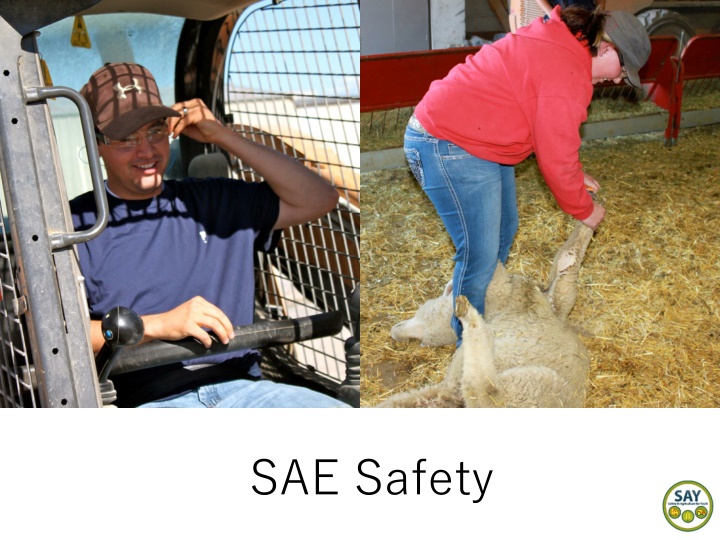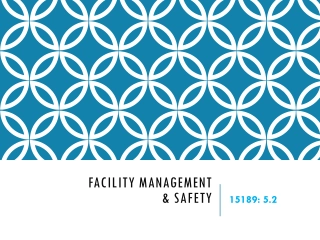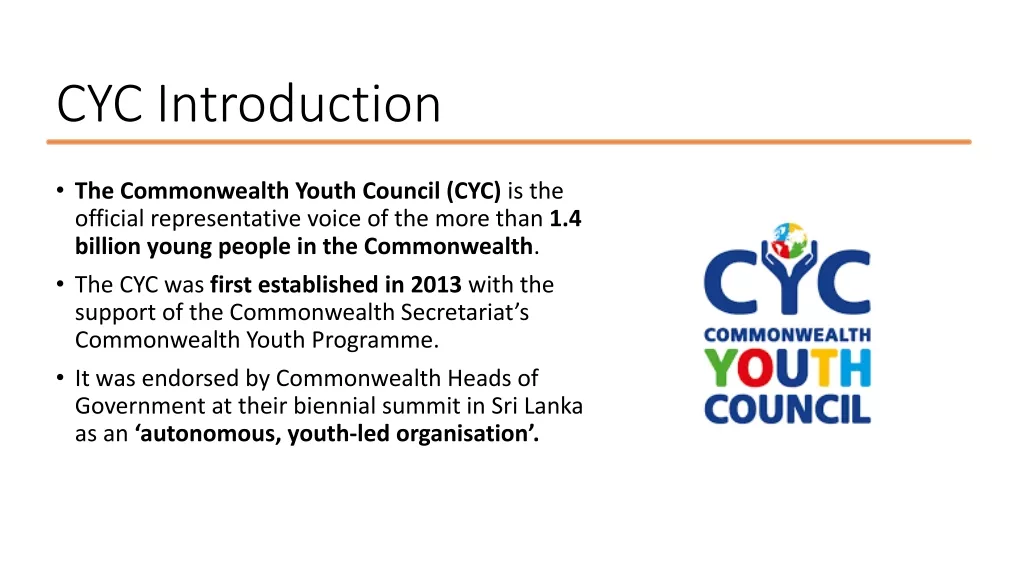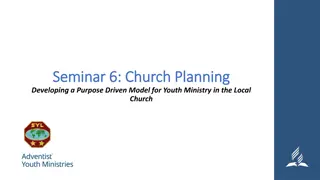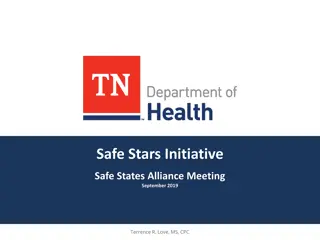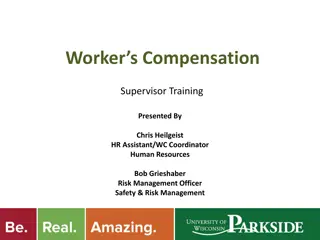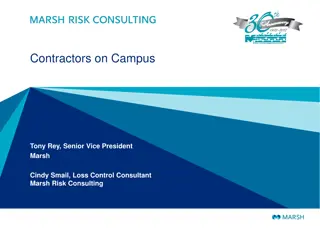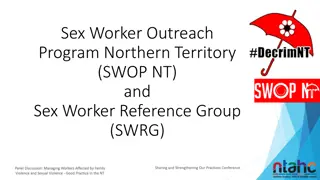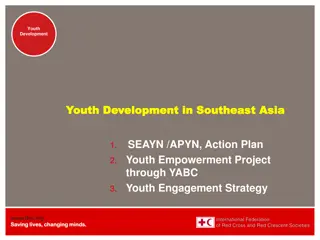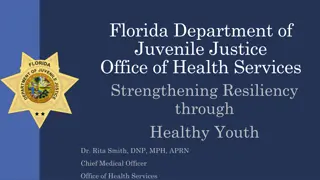Ensuring Safety in Agriculture: Protecting Youth Workers
Agriculture is a hazardous industry, especially for young workers. Learn why SAE safety is crucial, who shares responsibility, and how to promote a safe work environment. Discover key roles of parents, employers, teachers, and students in maintaining safety standards. Explore risk assessment strategies and safety protocols to prevent accidents and injuries on farms. Take steps towards a secure workplace to protect youth in agriculture.
Download Presentation

Please find below an Image/Link to download the presentation.
The content on the website is provided AS IS for your information and personal use only. It may not be sold, licensed, or shared on other websites without obtaining consent from the author.If you encounter any issues during the download, it is possible that the publisher has removed the file from their server.
You are allowed to download the files provided on this website for personal or commercial use, subject to the condition that they are used lawfully. All files are the property of their respective owners.
The content on the website is provided AS IS for your information and personal use only. It may not be sold, licensed, or shared on other websites without obtaining consent from the author.
E N D
Presentation Transcript
Why is SAE safety important? Agriculture is one of the most dangerous industries in the nation and youth working in agriculture have a higher risk for injury. o On average, 113 youth less than 20 years of age die annually from farm-related injuries (1995 -2002), with most of these deaths occurring to youth 16-19 years of age (34%). o Of the leading sources of fatal injuries to youth, 23% percent involved machinery (including tractors), 19% involved motor vehicles (including ATVs), and 16% were due to drowning. o In 2012, an estimated 14,000 youth were injured on farms; 2,700 of these injuries were due to farm work.
Who is responsible for the safety of these students? Employers Parents/Guardians Agriculture teachers Employers Parents/Guardians Agriculture Teachers Student Safety
Parents/Guardians Encourage workplace safety Know what is expected of your student Be aware of potential risks and hazards Engage Student on Safety Readiness Communicate Safety Expectations Promote Safety Behavior
Employers On-the-job safety training High Safety Expectations Supervision Feedback & Reinforcement Work Place Instruction Agriculture Classroom Instruction
Agriculture Teacher Integrate SAE safety into regular visits Educate students on safety Provide feedback Classroom Parent/Guardian Employer
Student Understand potential risks Be able to identify hazards Know how to appropriately respond to hazards Teachers Safety Parent /Guardians Employers
How do we assess risks? Using a multi-step process, agriculture teachers can help asses risks and make suggestions for a safer workplace.
Step 1: Code of Practice & Emergency Numbers Each student will sign a Code of Practice and fill out an emergency phone number sheet.
Step 2: Student Self-Assessment Each student will complete a self- assessment like this one.
Step 3: Adult Assessment Every SAE will be evaluated by an adult involved in that SAE; employer/supervisors, parents, or agriculture teachers, for example.
